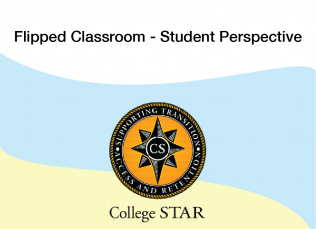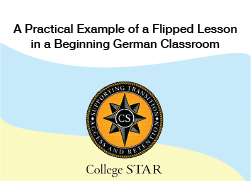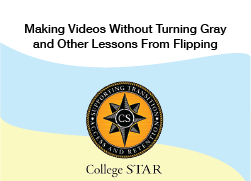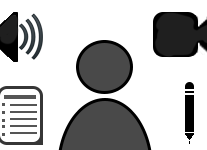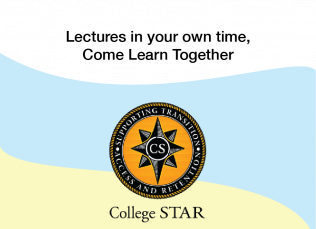
Lectures in your own time, Come Learn Together
This case study aims to offer guidelines and suggestions on how integrated flipped classroom and team-based learning within the context of an undergraduate developmental psychology course at Fayetteville State University.
This resource was originally developed with resources from the College STAR grant. That grant has ended and the College STAR modules will now permanently reside at the East Carolina University Office for Faculty Excellence.
Module Introduction
Flipped Classroom (FC) and Team-Based Learning (TBL; Michaelsen, Knight, & Fink, 2002) are two teaching pedagogies that have gained popularity in recent years; both aimed at increasing students’ engagement in active learning and accountability in their own learning, as well as more strategically using in-person class time for higher-order learning rather than passively sitting and listening to lectures. While there are many overlaps and similarities between the two approaches, it is worth noting that FC and TBL are not identical pedagogies (e.g. flipped classroom focuses on digitally “lecturing” online before in-person class time, while there is not a specific emphasis within the TBL approach on how the pre-class preparation is delivered to students) (Wallace, Walker, Braseby, & Sweet, 2014).
This case study aims to offer guidelines and suggestions on how I integrated flipped classroom and team-based learning within the context of an undergraduate developmental psychology course at Fayetteville State University.
Support for this Module
Original development of this module was made possible by the College STAR (Supporting Transition Access and Retention) initiative. College STAR was a grant-funded project focused on partnering postsecondary educational professionals and students to learn ways for helping postsecondary campuses become more welcoming of students with learning and attention differences. Much of this work was made possible by generous funding from the Oak Foundation.
Organization/Publishers:
Share this resource:
Posted date:
November 11, 2022

